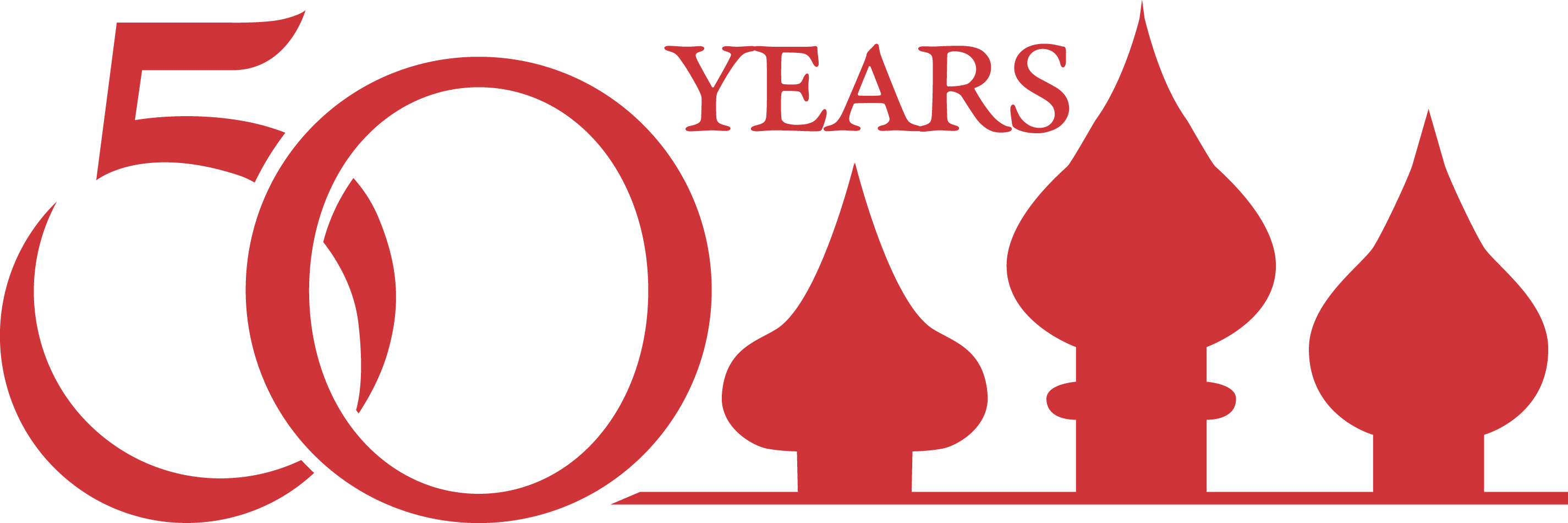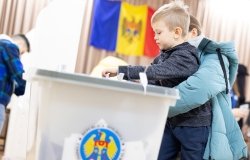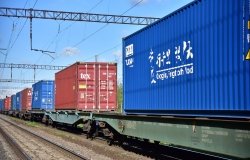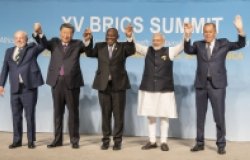
A blog of the Kennan Institute
Deaths and Protests: In the Face of Regulatory Failures, the Regime Is Unmoved

Two recent events of accidental mass deaths or injuries have drawn international attention to the ongoing regulatory shambles in Russia, which in turn speaks to Russia’s impoverished system of governance. Citizen’s public protests, easing over the line from economic to political, invariably run up against the adamantine nature of the regime-controlled governance system and its embedded protection racket, which rewards loyalists.
In March, a terrible fire at a shopping mall in the South Siberian city of Kemerovo killed at least 60 people, including 41 children. The unprecedented number of victims was a result of blatant violations of fire safety regulations and the inadequate response of firefighters and rescue agencies. Thousands of citizens took to the streets, calling for a resignation of the regional governor, Aman Tuleyev.
Three days before the events in Kemerovo, more than 50 children and adults were rushed to hospitals in the city of Volokolamsk, about 70 miles north of Moscow with symptoms of gas poisoning. The source of the leak was soon localized to a local landfill. A wave of “landfill protests” rapidly spread over 13 other cities with similar problems.
The tragedy at the Kemerovo shopping center was the result of flawed oversight by the monitoring authorities. The building, owned by local ruling clan, had been constructed with monstrous safety violations. At the Yadrovo landfill, rampant environmental violations had gone unchecked for years. The dumping grounds were part of a shadow business connected to the local authorities. Thus both disasters, though accidental in origin, can be attributed to a deepening failure of the country’s system of governance.
The protests following both events took place in the context of increasing citizen activism over socioeconomic matters. The Center for Economic and Political Reform recently reported an unprecedented upturn in protest activity in Russia. The number of protests increased by 60 percent since January, reaching 1,107 in the third quarter of 2017. Most of the protests were not primarily political but were aimed at economic conditions and involved professionals, small businessmen, investors, and ordinary workers. These kinds of protests accounted for 70 percent of the actions recorded by the center.
Small businessmen, such as truckers, have taken to the street because their livelihood, they say, is hostage to corrupt deals between the state and the oligarchs who control freight transport. Teachers and doctors who protest in city squares point to complete failure by the state to improve educational and health care system. Defrauded co-investors in construction projects that went bankrupt protest the government’s inability (or unwillingness) to prevent fraud in housing construction. Borrowers who took out foreign currency mortgages that became vastly more expensive when the ruble’s exchange rate plummeted protest the failure of central bank regulation.
Such primarily socioeconomic protests turn a spotlight on the deep-rooted problems of Russia’s governance system, which Aleksey Kudrin, earlier Russia’s finance minister, once compared to a "creaky old machine." Slow decision-making, overregulation, and an outdated technological base hinder economic development and make it impossible to respond properly to the problems ordinary citizens endure. However, it is not just technical backwardness that determines the ineffectiveness of the governance system but the peculiarities of the political system in which it is embedded.
The growing dependence on the power vertical and the lack of democratic control place loyalty to higher authorities ahead of expertise and accountability, which results in the unwillingness of the authorities and officials to cope with the piling-up socioeconomic problems. The kleptocracy and corporatism of Putin’s regime encourage a kind of “protection racket,” a vertical of loyalists that leads to a situation in which no one is ever punished, because that would mean betraying the foundational principle of this system. The governance functions are redistributed between powerful clans and oligarchs feeding off public resources who can break almost any rules if doing so would benefit them. Hence the disasters in Kemerovo and Volokolamsk are the direct consequences of Russia’s political regime.
Most experts agree that the growth in protest activity in Russia in the coming years will primarily come from an increase in socioeconomic protests. This is in contradistinction to labor protests, which tend to decline because of economic stagnation and administrative manipulations to prevent bankruptcy, and political protests, whose expansion is hindered by effective state propaganda casting such activities as unpatriotic.
More socioeconomic protests, though, will hardly perturb the regime. Despite a temporary outbreak of such protests, the Levada Center has recorded a decrease in the overall protest potential of the Russian population. For the first quarter of 2018, the center recorded an increase in the proportion of survey respondents who considered the likelihood of protest actions in their neighborhood to be quite low (compared to December 2017) and a drop in the proportion of respondents willing to personally participate in a protest action.
That said, the character of socioeconomic protests is gradually becoming more politicized, even though they are not yet turning into mass political actions. Basically, this means that citizens increasingly hold at least local authorities accountable for system failures. As complaints evolve into demands, more and more people are recognizing the need for political leverage to deal with social and economic problems. Though socioeconomic protests have no capacity to challenge Putin’s regime directly, they can help shape the growing demand for political change among Russians. As Russia observer Graeme Robertson has noted, the political protests on Bolotnaya Square in 2011–2012, the strongest political challenge to Putin's regime to date, would not have been possible without the preceding social protests.
The only way to reduce unrest along socioeconomic lines is to reach into the heart of the problem and improve the governance system. However, even if the government manages to improve the “technical” performance of public administration, the sort of profound changes needed to prevent the next Volokalamks or Kemerovos cannot be expected. Since governance failures are a direct product of the regime, they are not going anywhere, for the regime does not plan to change itself.
About the Author
Irina Olimpieva
Founder and Executive Director, Center for Independent Social Research in the USA (CISRus)

Kennan Institute
The Kennan Institute is the premier US center for advanced research on Eurasia and the oldest and largest regional program at the Woodrow Wilson International Center for Scholars. The Kennan Institute is committed to improving American understanding of Russia, Ukraine, Central Asia, the South Caucasus, and the surrounding region though research and exchange. Read more











